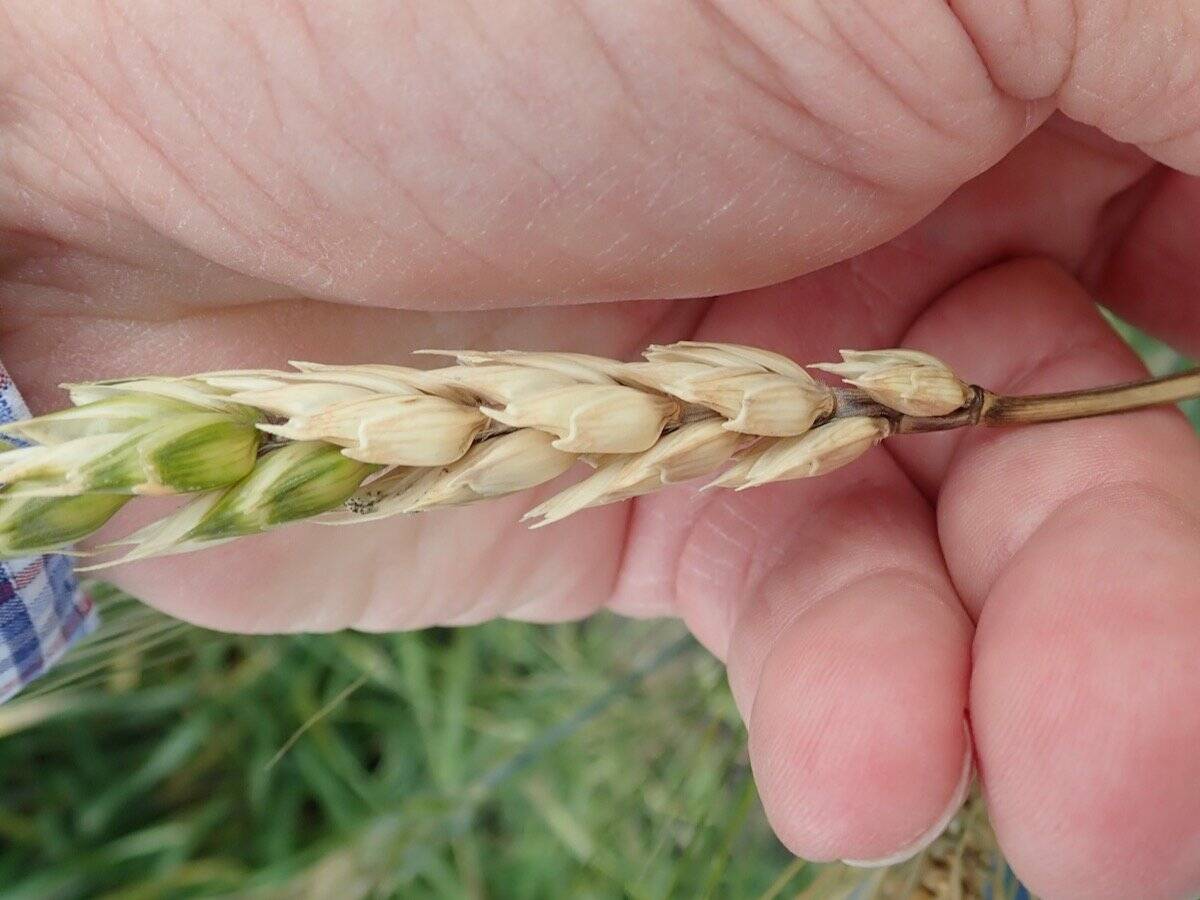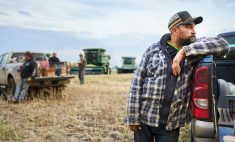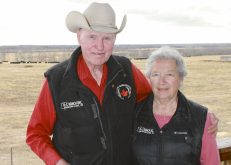What would your farm look like without you?
That might seem like a strange question — considering how farming is just as much of an identity as it is a job, and how integral most farmers are to the success of their operation — but bear with me, because it’s an important one.
Other than you, who knows how to manage your farm — and how much do they know? If you were to go missing, get laid up with an injury or pass away unexpectedly, how would your family or employees handle your absence?
Read Also

Fusarium head blight mycotoxin detector in the works
Prairie farmers and agronomists needing a more definitive process to detect fusarium infection in cereal grains, particularly barley, may get such a process out of research underway at the University of Saskatchewan.
Spring is on the way, and with it the start of the busy season for many of us in agriculture, whether our business is crops, livestock or, in my case, honeybees.
This “calm before the storm” is a great opportunity to pause and consider these uncomfortable questions, which have both practical and emotional implications for the future of your operation.
First, let’s address the emotional aspect.
It’s important to recognize that we’re all one serious farm safety incident or unexpected health emergency away from being removed from the picture, either for a short time, an extended period or permanently.
These types of incidents can leave your family and employees adrift, left to pick up the pieces and keep things running while dealing with the trauma and stress of the incident that has occurred.
Then there’s the practical aspect.
Considering what your farm would look like without you and ensuring things continue running smoothly in your absence is a crucial part of business planning.
Often, we think about this in the context of succession planning, where the transfer of the farm to a family member or business partner is a highly choreographed process with a specific timeline.
However, it’s just as important to prepare for unplanned situations that would require the same transfer of responsibilities.
This is why it’s crucial that farmers involve their family members and employees in the safety planning process.
It can be as simple as ensuring everyone involved in the operation possesses key pieces of safety knowledge, such as the location of the closest hospital and the operating hours for its emergency room, up-to-date CPR training and awareness of available safety equipment on the farm, including first aid kits, fire extinguishers and personal protective equipment.
This is a very serious subject, and one many are reluctant to discuss or even think about, but it’s not all doom and gloom. Considering the safety risks at play on the farm is the first step in making that farm safer for you, your family and your employees.
The next step is coming up with a plan to lessen those risks, and AgSafe Alberta is here to help if you have questions or need support at any step of the way.
An easy way to kickstart your farm safety planning is by completing Farmers Care.
This free, introductory farm safety program is one of the fastest and easiest ways to foster a culture of safety on your farm and protect its most important assets: the people who live and work there.
No prior safety knowledge is required to sign up, and you can complete all four levels of the program at your own pace.
Remember, no one can take your place, and hopefully no one will have to try anytime soon. But making sure that plans are in place, considering the worst-case scenarios so you can better avoid them and ensuring farm safety knowledge is shared among all members of your farm team can make all the difference.















